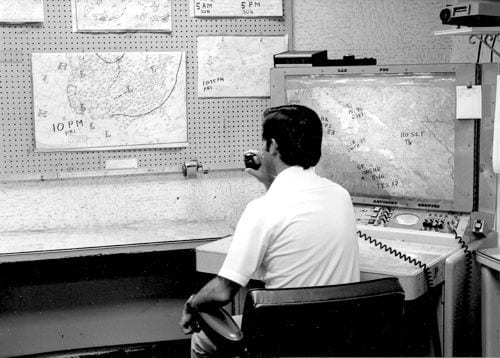 https://media.airfactsjournal.com/wp-content/uploads/2011/09/06180957/los_angeles_fss_flight_watch1976.jpg
358
500
John Zimmerman
https://media.airfactsjournal.com/wp-content/uploads/2024/09/03140241/AF_Logo_24.png
John Zimmerman2011-09-11 18:32:112016-02-27 09:42:29John’s blog: who needs Flight Service?
https://media.airfactsjournal.com/wp-content/uploads/2011/09/06180957/los_angeles_fss_flight_watch1976.jpg
358
500
John Zimmerman
https://media.airfactsjournal.com/wp-content/uploads/2024/09/03140241/AF_Logo_24.png
John Zimmerman2011-09-11 18:32:112016-02-27 09:42:29John’s blog: who needs Flight Service?NEW ARTICLES
OUR MOST RECENT POSTS
Air Facts was first published in 1938 by Leighton Collins, dedicated to “the development of private air transportation.” It’s a different world now, and it’s a different Air Facts. Relaunched in 2011 as an online journal, Air Facts still champions, educates, informs and entertains pilots worldwide with real-world flying experiences. More…
 https://media.airfactsjournal.com/wp-content/uploads/2011/09/06180957/los_angeles_fss_flight_watch1976.jpg
358
500
John Zimmerman
https://media.airfactsjournal.com/wp-content/uploads/2024/09/03140241/AF_Logo_24.png
John Zimmerman2011-09-11 18:32:112016-02-27 09:42:29John’s blog: who needs Flight Service?
https://media.airfactsjournal.com/wp-content/uploads/2011/09/06180957/los_angeles_fss_flight_watch1976.jpg
358
500
John Zimmerman
https://media.airfactsjournal.com/wp-content/uploads/2024/09/03140241/AF_Logo_24.png
John Zimmerman2011-09-11 18:32:112016-02-27 09:42:29John’s blog: who needs Flight Service?
A tale of two panels
OpinionI’ve always loved gadgets, so when our flying club purchased a 2005 Cessna 172SP with a G1000 panel (which the club immediately upgraded to WAAS) and autopilot late in 2009 I was thrilled. I had new toys to learn how to use and to play with—what could be more fun? A small minority of my fellow club members, however, was less than thrilled. A few even declared, “Round gauges are better.”

Dick’s blog: F-15 v. Cherokee
Dick's blogThe Labor Day weekend was a busy one over our house. Back in the good old days, when the traffic pattern at the Frederick (Maryland) airport was perpetually full, general aviation airplanes filled the sky overhead. With air traffic down, that is no longer true. This Labor Day there was a lot going on but it involved F-15s, probably from some state’s Air Guard. Because of the proximity to 9/11, and because the President was at Camp David, they had air cover like I haven’t seen in a long while.

The Great Debate: autopilot addiction?
DebateThe loss of control of an Airbus A330 over the Atlantic has led to calls for more hands on (as opposed to autopilot) training for airline crews. This subject has recently gotten a lot of attention in the press. Much ado about nothing or a real problem?

The Great Debate: stall training
DebateThis is the first in a series of questions we'll be posing to our readers. We'd like to hear your opinions on various aviation topics, so write away. Just enter your comments below--there's no need to sign up.
Question: Most inadvertent stalls that result in serious accidents occur at an altitude too low for a recovery. Do you think this means that practicing stalls at altitude is a waste of time?

Cross country at 26,000 ft. and 500 ft.
I was thereTwo recent trips reinforced for me both the potential and the limitations of using general aviation airplanes for transportation. In many ways, they could not have been more different: the first flight was in a Pilatus PC-12 at 26,000 ft., the second in a Citabria at 500 ft. But while the equipment was quite different, the result was the same: a successful trip of 400+ nautical miles between cities poorly served by the airlines, and more or less on my schedule.
John’s Blog
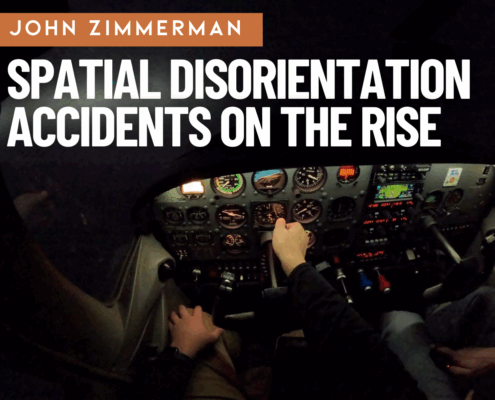
Why are spatial disorientation accidents on the rise?
John's blogResearchers from the FAA show that SD accidents have not declined since 2003—in fact, quite the opposite. You might assume the widespread adoption of tools like datalink weather, modern autopilots, reliable AHRS, and electronic flight bag apps would make VFR-into-IMC (the classic SD accident scenario) much less common. It’s a great theory, but the numbers don’t support it.

The aviation community is alive and well
John's blogBefore the expletive could even leave my mouth, one of the FBO employees offered to lend me the crew car. I assumed the crew car option would be impossible, or at least impossibly bad manners, since the round trip would be nearly two hours and the FBO was closing soon. But he wouldn’t hear it: “take all the time you need and just drop the keys off with the night security guard. We appreciate your business.”

The Starlink era is here—will we regret it?
John's blogThis promises to be a major advancement in cockpit technology, with benefits for pilots and passengers alike. But before diving headfirst into the Starlink pool, it would be wise to pause for just a moment and contemplate what we might lose. Don’t worry, I’m no Luddite and I’m not here to scare anyone away from an exciting new gadget. I am, however, an observer with enough experience to have seen technological breakthroughs bring unintended consequences. I fear that may happen here.
I Can’t Believe I Did That
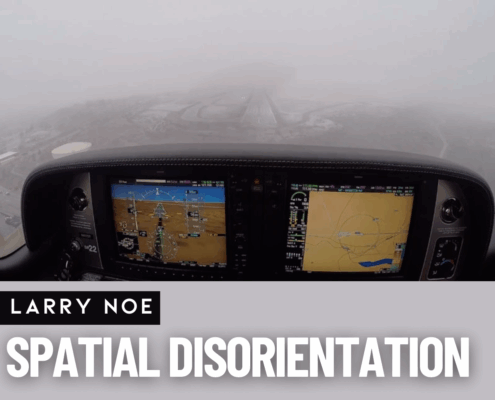
Spatial Disorientation: I Thought It Couldn’t Happen to Me
I Can't Believe I Did ThatI began climbing to get between layers, intending to stabilize and then request IFR. But as I entered the clouds, what I thought could never happen did. I was in an unusual attitude: 45 degrees banked and nose down. For a moment, I considered pulling the CAPS parachute. I had often wondered if I’d have the presence of mind to use it in a real emergency. After this, I know the answer is yes. But I also realized I could recover.

I Made Every Flight Training Mistake Humanly Possible
I Can't Believe I Did ThatFlight training is rarely a straight line, but for Nick Smith it turned into a winding, four–year journey full of delays, false starts, and unexpected costs. In this brutally honest account, he shares the mistakes he made—so future pilots don’t have to repeat them. His story is both a cautionary tale and a reminder that perseverance can still lead to the certificate.

A Quarter Tank and a Prayer
I Can't Believe I Did ThatI was watching the fuel gauges drop before my eyes. I elected to continue to ECG rather than turn back. I was on a direct course. The Norfolk controller wished me luck—not the most reassuring sign—and handed me off to ECG Tower, who had already been briefed.
Opinion
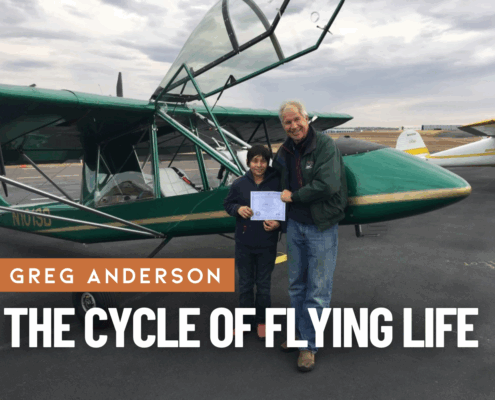
The Cycle of Flying Life
OpinionMemories of first flights will include astonishing detail. That first transition—from wheels to wings—is a sensory overload, an oh-my-gosh experience. Most will remember where, when, and what type airplane. Sights, sounds, even smells. And, of course, special thoughts are reserved for the pilot who gave them their first flight.
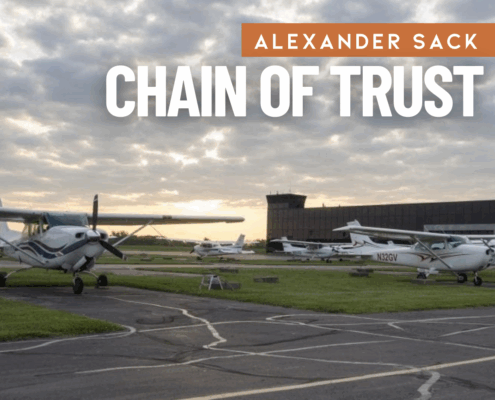
Chain of Trust
OpinionIf there is one aspect of general aviation I’ve learned over my relatively short stint aloft, it’s that the safety of any flight is not just dependent solely on the decisions I make, but also on the ones others have made for me—without my knowledge or even consent. In fact, all of general aviation relies on an implicit chain of trust that, when broken, can and does result in dire consequences.
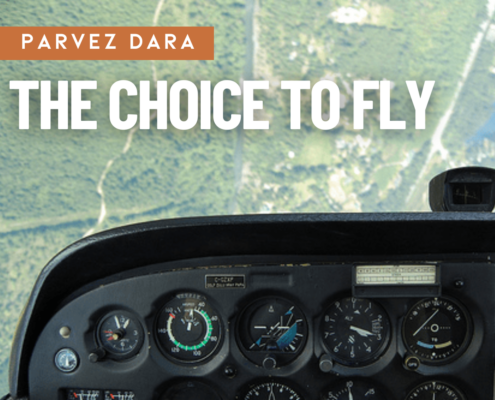
The Choice to Fly
OpinionNow we were nose-down, spinning, and rapidly losing altitude. The earth swirled in the windshield, the tall pines below getting closer. I don’t remember how many turns we made, but somewhere between the second one and the top of those trees, he cut the power and stopped the rotation. We were still descending fast. Sweat poured down my face, driven by the sudden surge of fear, my novice brain gripped by self-preservation.
More Articles
Recent Posts
Email newsletter
Write for us!
Did you know that most of the articles at Air Facts are written by readers like you? You do not have to be Richard Collins or Ernest Gann – simply a GA pilot with a story you’d share with friends sitting in the hangar.

